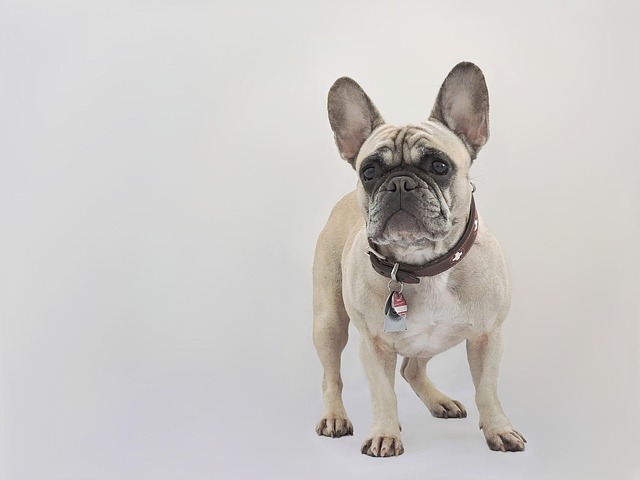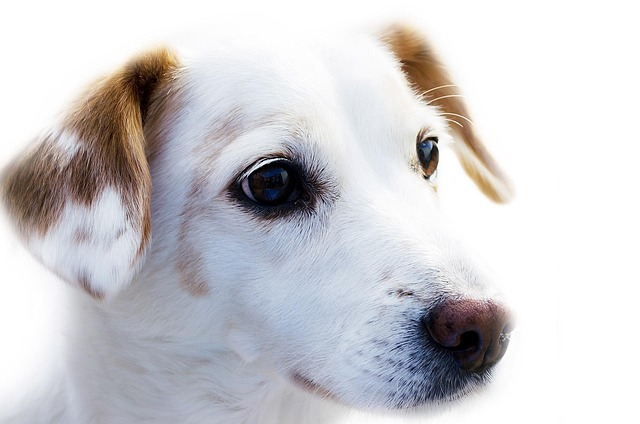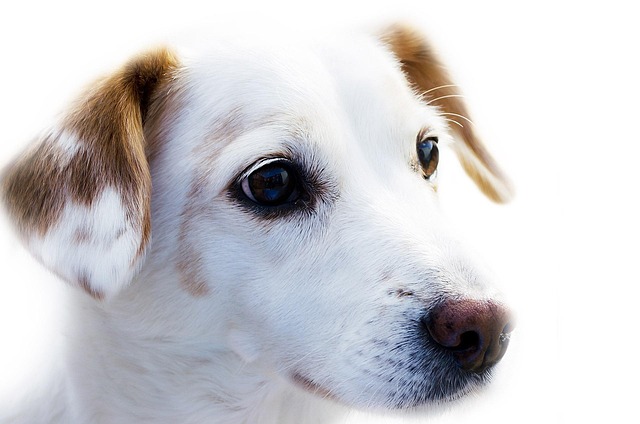
How to treat canine influenza?
Canine influenza can creep up fast—one day your pup is playful at the dog park, the next they’re coughing, sneezing, and lethargic.
I was at the park last weekend when my friend Emily rushed over with her 8-month-old Shih Tzu, Mochi, whose left eye was red and teary. “Is this allergies from the grass, or an infection?” she asked, panicking as Mochi rubbed his face on her jeans. If you’re a new U.S. dog owner staring at your pup’s irritated eyes, mixing up allergies and infections is easy—but getting it wrong can mean delaying relief. Understanding the key differences between dog eye allergies vs infection isn’t just about identifying the problem; it’s about giving your dog the right care fast.
At their core, these two issues stem from totally different causes. Dog eye allergies are an immune system overreaction to harmless triggers—think pollen, dust mites, mold, or even a new brand of dog shampoo. When your pup encounters one of these, their body releases histamine, which swells blood vessels in the eyes and causes itching and watering. Eye infections, though, are caused by unwanted germs: bacteria (like Staphylococcus), viruses (like canine distemper), or even fungi. These invaders irritate the eye’s surface or inner tissues, leading to inflammation and discharge. Mochi’s vet later confirmed he had allergies from park pollen, but her neighbor’s Lab, Duke, once had a bacterial infection from rubbing his eye on dirty grass—same redness, totally different roots.

To tell them apart and respond correctly, focus on these clues: First, discharge type: Allergies mean clear, watery fluid (like when you have hay fever), while infections produce thick, colored discharge—yellow, green, or brown—that might crust over Mochi’s eyelid overnight. Second, other symptoms: Allergies often come with sneezing, itchy paws (your dog licks or chews them), or a runny nose. Infections stick to the eyes: swollen lids, squinting (from pain), or keeping one eye shut. Third, timing: Allergies start slow (worse during pollen season or after a new detergent) and come and go. Infections hit fast—Duke’s eye went from fine to oozing in 12 hours. For allergies, wipe around the eyes with sterile saline (use treats to distract your pup!) and avoid triggers (skip grassy parks during high pollen). For infections, call the vet immediately—they’ll prescribe antibiotics or antiviral meds; never use human eye drops, which can be toxic.
Culturally, never scold your dog for rubbing their eyes—they’re itchy or in pain, not misbehaving, and punishment violates U.S. animal welfare standards. Redirect them with a toy instead. For apartment living, use a HEPA filter to cut dust mites (allergies) and wash your dog’s bedding weekly to kill germs (infections). When walking, always carry extra poop bags (cities like Dallas fine $200 for leaving messes) and while at the vet, confirm your dog’s rabies vaccine is up to date (required nationwide)—some infections can spread if your pup is unvaccinated.
Dog eye allergies vs infection don’t have to be confusing. With a little observation and vet backup when you’re unsure, you’ll keep your pup’s eyes bright and comfortable.

Canine influenza can creep up fast—one day your pup is playful at the dog park, the next they’re coughing, sneezing, and lethargic.

I spent a frantic afternoon last July with my friend Maya, whose 3-year-old Golden Retriever, Cooper, had collapsed during a walk in 95°F heat—his gums were bright red

Diabetic dog’s lifespan depends a lot on how quickly you catch the signs and stick to a care routine—things like increased thirst, frequent accidents, or sudden weight loss often tip owners off first.

I was at the park last July when I saw my friend Jake panicking—his 2-year-old Border Collie, Ruby, was lying in the shade, panting so hard her tongue was bright purple

I met my neighbor Tom last week outside the pet store, clutching a handful of food labels while his 9-week-old German Shepherd puppy, Loki, tugged at his leash.

You’re in the middle of cuddling your pup on the couch when you notice they won’t stop scratching a red, flaky spot on their belly.